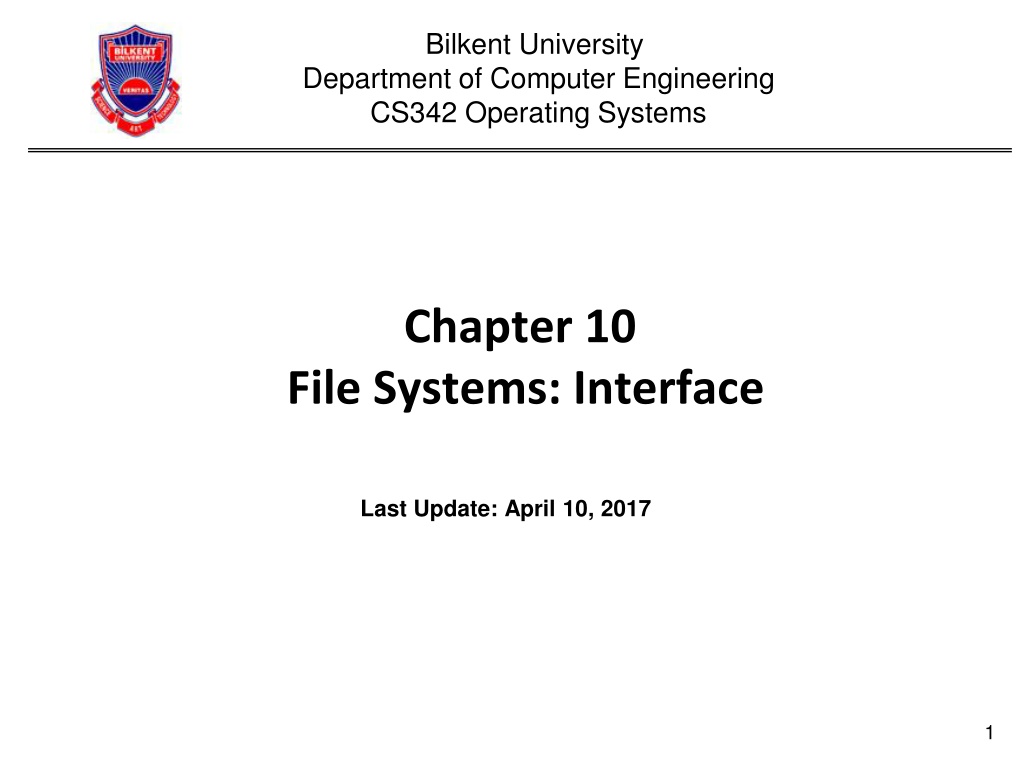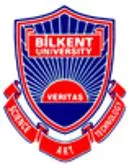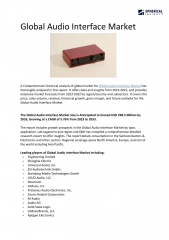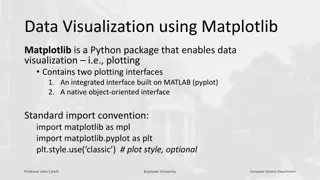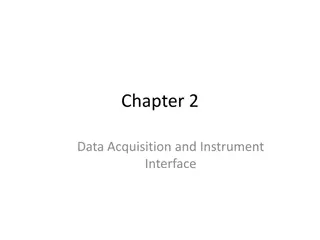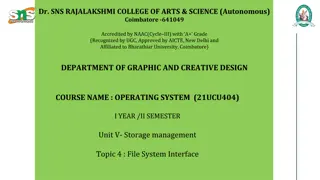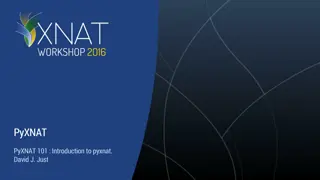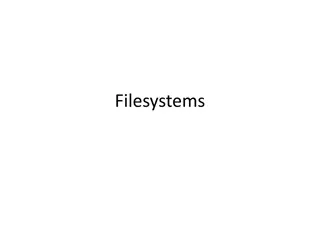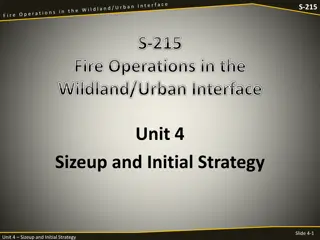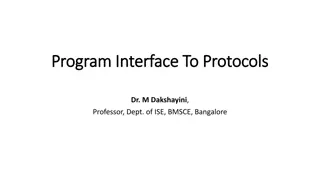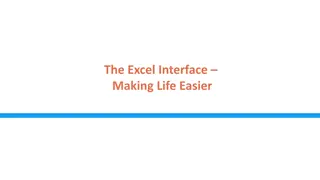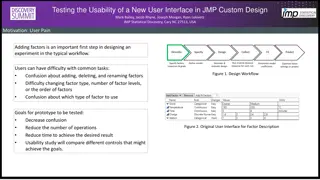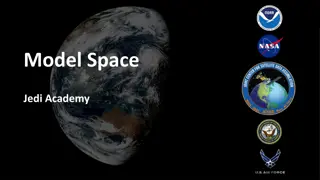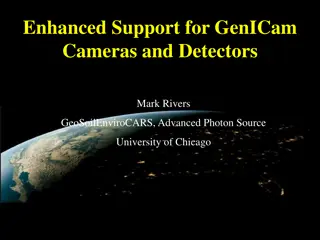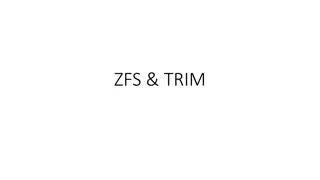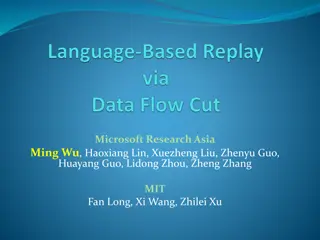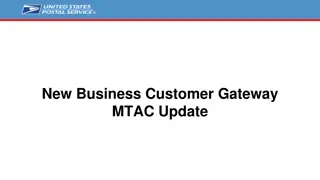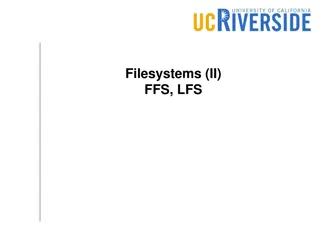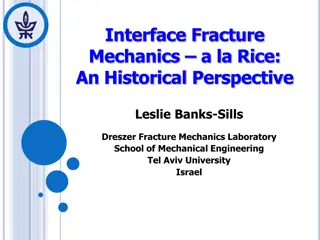File Systems in Operating Systems
File systems are essential components of operating systems that manage the organization, storage, and retrieval of files. This content explores the function of file systems, their interfaces, design tradeoffs, file concepts, attributes, and structures. It covers topics such as access methods, directory structures, file sharing, protection mechanisms, and more.
Download Presentation

Please find below an Image/Link to download the presentation.
The content on the website is provided AS IS for your information and personal use only. It may not be sold, licensed, or shared on other websites without obtaining consent from the author.If you encounter any issues during the download, it is possible that the publisher has removed the file from their server.
You are allowed to download the files provided on this website for personal or commercial use, subject to the condition that they are used lawfully. All files are the property of their respective owners.
The content on the website is provided AS IS for your information and personal use only. It may not be sold, licensed, or shared on other websites without obtaining consent from the author.
E N D
Presentation Transcript
Bilkent University Department of Computer Engineering CS342 Operating Systems Chapter 10 File Systems: Interface Last Update: April 10, 2017 1
Objectives and Outline OBJECTIVES To explain the function of file systems To describe the interfaces to file systems To discuss file-system design tradeoffs, including access methods, file sharing, file locking, and directory structures To explore file-system protection OUTLINE File Concept Access Methods Directory Structure File-System Mounting File Sharing Protection 2
File Concept We just think and use files when we want to store something (logical storage unit) Users Applications/Processes file file file Operating System and its File System component file file file floppy disk Hard Disk Mobile disk USB Disk CD tape 3
File Concept Processes Files File System Interface mapping File System Sub-System Blocks Disk Driver OS Hard Disk Sectors, etc. 4
File Concept 0 Contiguous logical address space (a storage) Content: Data numeric character binary Program offset (address) sequence of bytes or records file size-1 User s (processes ) view of a file 5
File Structure None - sequence of words, bytes Simple record structure Lines Fixed length records Variable length records Complex Structures Formatted document Relocatable executable file Can simulate last two with first method by inserting appropriate control characters Who decides: Operating system Program 6
File Attributes Name only information kept in human-readable form Identifier unique tag (number) identifies file within file system Type needed for systems that support different types Location pointer to file location on device Size current file size Protection controls who can do reading, writing, executing Time, date, and user identification data for protection, security, and usage monitoring Information about files are kept in the directory structure, which is maintained on the disk 7
Files and Directories There are two basic things that are stored on disk as part of the area controlled by the file system - files (store content) - directory information: keeps info about files, their attributes or locations; help user to organize files Disk attrs file Directory file attrs filename filename filename attrs File (content) 8
File Operations File is an abstract data type Common Operations that are supported by the Operating System: Create Write Read Reposition within file Delete Truncate Open(Fi) search the directory structure on disk for entry for Fi, and move the content of the entry to memory Close (Fi) move the content of entry for Fi in memory to directory structure on disk 9
Open File Process RAM OS Open file table X Loc/attr Disk open Directory structure File X X Loc/attr 10
Open Files Several pieces of data are needed to manage open files: File position pointer: pointer to last read/write location, per process that has the file open File-open count: number of times a file is open to allow removal of data from open-file table when last process closes it Disk location of the file: cache of data access information Access mode: per-process access mode information (in which mode the process opened the file). 11
Open file information Process Process Process File pointer Access Rights Per process Open file table File pointer Access Rights File pointer Access Rights File pointer Access Rights Access Mode File pointer Access Rights Access Mode File pointer Access Rights Access Mode File pos. pointer File pos. pointer File pos. pointer Per process Open file table File Location File-Open count File Location File-Open count File-Open count File-Open count File Location File Location Main memory System wide open file table File on Disk (user s view) Byte 0 12
File Locking Provided by some operating systems and file systems Mediates access to a file Mandatory or advisory: Mandatory access is denied depending on locks held and requested Advisory processes can find status of locks and decide what to do 13
Access Methods Sequential Access Direct Access n = relative block number read next write next reset no read after last write (rewrite) read n write n position to n rewrite n read next write next 15
Simulation of Sequential Access on Direct- access File 17
Disk Structure Disk can be subdivided into partitions Partitions also known as minidisks, slices Disks or partitions can be RAID protected against failure Disk or partition can be used raw without a file system, or formatted with a file system. Entity (partition or disk or multiple disks) containing a file system is known as a Volume. Each volume has a Directory or Volume Table of Contents, that keeps track of and organizes files. There may be many general-purpose file systems (e.g., NTFS) and also many special-purpose file systems (e.g., /procfs) all within the same operating system or computer. 19
Directory Structure A collection of entries containing information about files and organizing the files. filename Directory file content (data) Files F 4 F 2 F 1 F 3 F n Both the directory structure and the files reside on disk Backups of these two structures are kept on tapes 21
Operations Performed on Directory Search for a file Given filename, find out the corresponding directory entry Create a file (add a new entry into the directory) Delete a file (remove the related entry from directory) Rename a file (change the name in the respective directory entry) List a directory List the names of all files in that directory. For each file, more information may be printed out. Traverse the file system Starting from root directory, go though all directory entries, including the subdirectories and their entries, recursively. 22
Organize the Directory (Logically) to Obtain Goals: Efficiency locating a file quickly Convenient Naming convenient to users Two users can have same name for different files The same file can have several different names Enabling Grouping logical grouping of files by properties, (e.g., all Java programs, all games, ) 23
Single-Level Directory A single directory for all users Naming problem Grouping problem 24
Two-Level Directory Separate directory for each user Path name Can have the same file name for different user Efficient searching No grouping capability n n n n 25
Tree-Structured Directories (Cont) Efficient searching A pathname indicates where a file is. Parse the pathname and follow those subdirectories indicated in the pathname /usr/home/ali/projects/cs342/file.txt Grouping Capability Current directory (working directory) cd /spell/mail/prog type list 27
Tree-Structured Directories (Cont) Absolute or relative path name Creating a new file is done in current directory Delete a file rm <file-name> Creating a new subdirectory is done in current directory mkdir <dir-name> Example: if in current directory /mail mkdir count mail prog copy prt exp count Deleting mail deleting the entire subtree rooted by mail 28
Acyclic-Graph Directories Have shared subdirectories and files shared file shared subdirectory 29
Acyclic-Graph Directories (Cont.) Y X Z Two different names (aliasing) If one deletes dangling pointer Solutions: Backpointers (reference list), so we can delete all pointers Variable size records a problem Use reference count Shared dir or file W New directory entry type Link another name (pointer) to an existing file Resolve the link follow pointer to locate the file a sequence of entries a directory dir dir file file file link file 30
General Graph Directory (Cont.) How do we guarantee no cycles? Allow only links to files not subdirectories Every time a new link is added use a cycle detection algorithm to determine whether it is OK (will not close loop) Costly (especially for disk) 32
File System Mounting A file system must be mounted before it can be accessed (like opening a file to be read) Mounting a new file system means placing (attaching connecting) the new file system into a location in the local directory tree (local file system) that becomes accessible at system boot time. An unmounted file system is mounted at a mount point Mount point: the place in the local directory tree where the new file system is placed. The root of that file system will be that place in the local file system 33
(a) Existing. (b) Unmounted Partition Local file system New file system to be mounted 34
Mount Point mount point 35
Local file system appearance after mounting 36
File Sharing Sharing of files on multi-user systems is desirable Sharing may be done through a protection scheme On distributed systems, files may be shared across a network Network File System (NFS) is a common distributed file-sharing method 37
File Sharing Each user that has an account in the computer has a username and a unique user ID (UID) The administrator can create groups. A group may have a set of usernames (users) associated with it. Each group has a unique group ID (GID) Example: group os_team: ali, veli, selcuk, . File attributes for a file UID (user ID) GID (group ID) User (owner) permissions Group permissions Other people permissions 38
File Sharing Multiple Users Protection Protection is based on the use of UIDs and GIDs. Each file has associated protection bits (permissions) for UID and GID. User ID: read, write, execute? Group ID: read, write, execute? UIDs identify users, allowing permissions and protections to be per-user GIDs allow users to be in groups, permitting group access rights 39
File Sharing Remote File Systems Uses networking to allow file system access between systems Manually via programs like FTP Automatically, seamlessly using distributed file systems (DFS) Semi automatically via the world wide web DFS: Client-server model allows clients to mount remote file systems from servers Server can serve multiple clients. Client can mount multiple servers. Client and user-on-client identification is insecure or complicated (**) NFS is standard UNIX client-server file sharing protocol CIFS is standard Windows protocol Standard operating system file calls are translated into remote calls (**) Distributed Information Systems (distributed naming services) such as LDAP, DNS, NIS, Active Directory implement unified access to information needed for remote/distributed computing 40
Distributed File System Computer B processes VFS Computer C Computer A localFS NFS processes processes File VFS VFS System B localFS NFS localFS NFS File File Network System C System A 41
Distributed File System File System view at computer A after remote file systems are mounted Computer A processes File mount point System A File File System C System B 42
File Sharing Failure Modes Remote file systems add new failure modes, due to network failure, server failure How to recover from failures? Recovery from failure can involve state information (to be maintained at server) about status of each remote request State information: what files are opened; what is the file position pointer, etc. 43
File Sharing Consistency Semantics Consistency semantics specify how multiple users are to access a shared file simultaneously Unix file system (UFS) implements: Writes to an open file visible immediately to other users of the same open file A single file image accessed by all users AFS has session semantics Writes only visible to sessions starting after the file is closed Multiple file images accessed by all users 44
Protection File owner/creator should be able to control: whatcan be done (read, write, execute .) by whom(owner, others, group member ) Types of access (what can be done) Read (a file) Write (a file) Execute (a file) Append (a file) Delete ( a file) List (a file) For directories: Reading means listing Writing means being able to create a file Executing means being able to change into the directory 45
Access Lists and Groups Mode of access: read, write, execute Three classes of users a) owner access b) group access c) public access Ask manager to create a group (unique name), say G, and add some users to the group. For a particular file (say game) or subdirectory, define an appropriate access. 7 6 1 RWX 1 1 1 RWX 1 1 0 RWX 0 0 1 owner group public chmod 761 game Attach a group to a file chgrp G game 46
Windows XP Access-control List Management 47
References The slides here are adapted/modified from the textbook and its slides: Operating System Concepts, Silberschatz et al., 7th & 8th editions, Wiley. Operating System Concepts,, Silberschatz et al. Wiley. Modern Operating Systems, Andrew S. Tanenbaum, 3rd edition, 2009. 49
